Continuing in my quest to play through my entire Steam Library, I complete my second game. 198X is a story about a teenage boy discovering a seedy arcade in the 1980s. Through the games he plays he starts to become absorbed into a new world, one where his imagination rules.
Beating Heart
A short cutscene plays showing us images of our main character. After a few cuts, the first game begins.
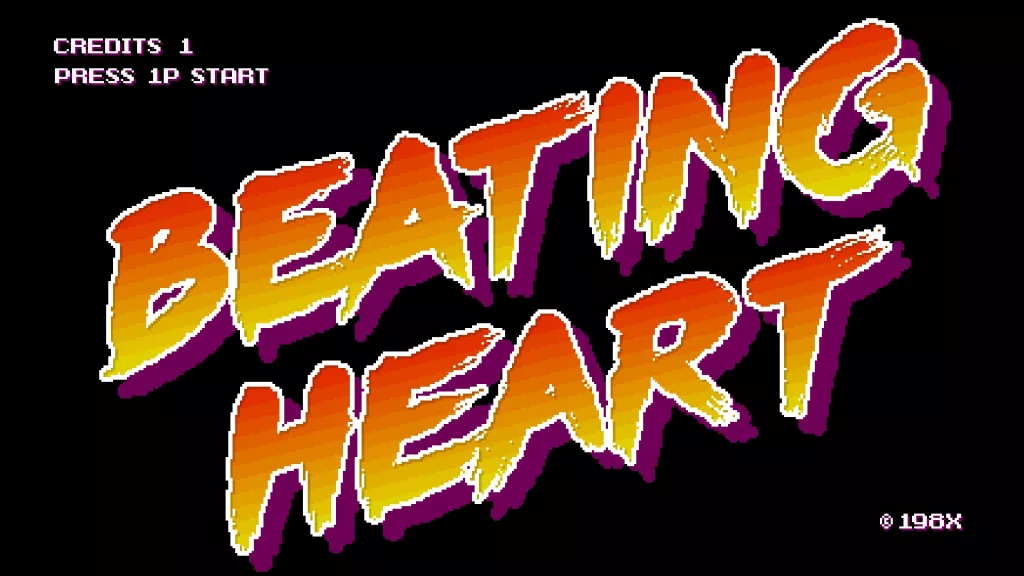
Beating Heart is a generic beat-em-up game similar to games like Streets of Rage. It is simple to play through. You keep walking to the right and beat up enemies as you go.
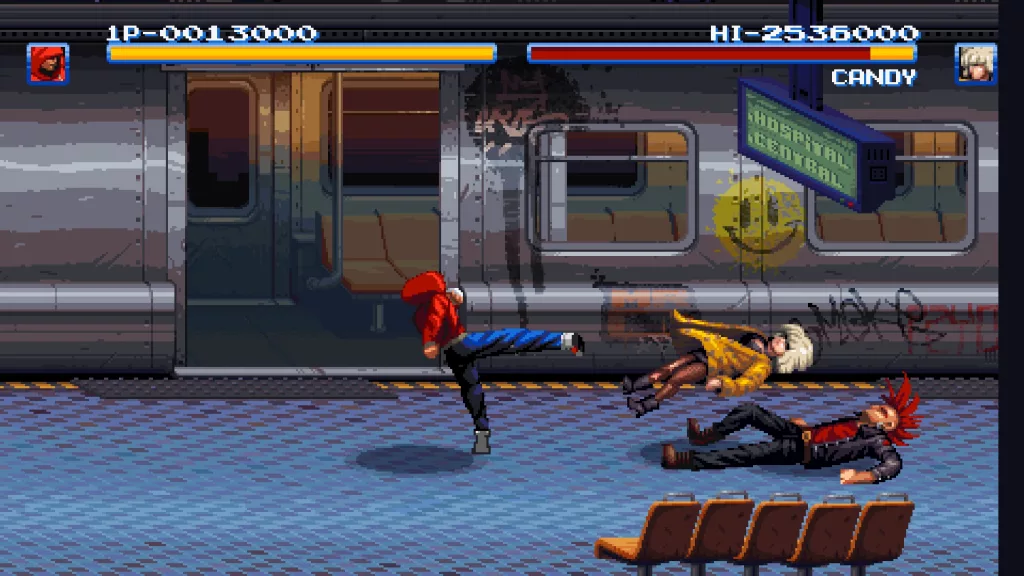
There are various barrels and phone booths that you can smash to gain items – usually extra points or an item to restore health. This is very reminiscent of the Beat ‘Em Up games of the 80s.
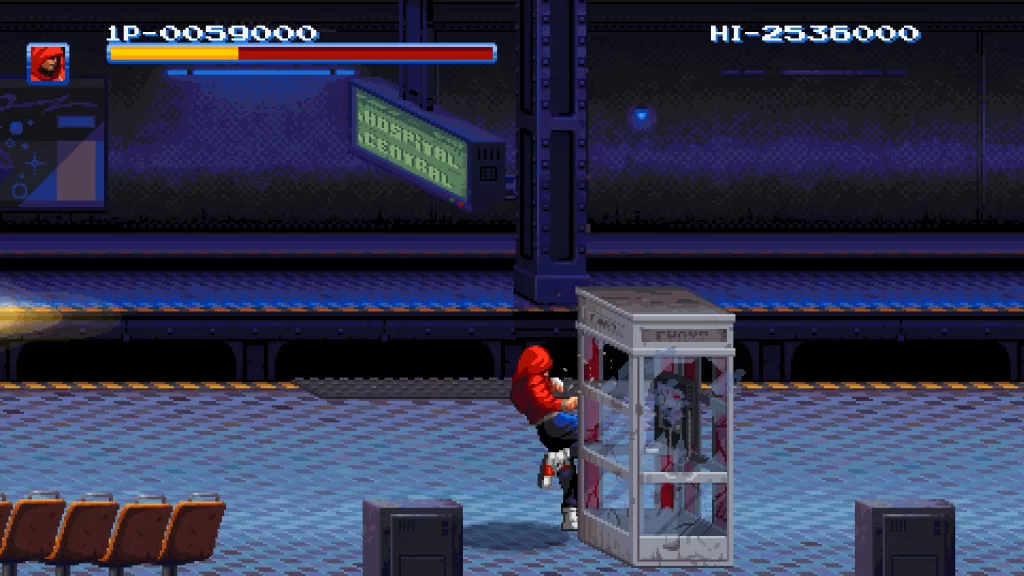
And just like those old games you can also pick up a weapon: a baseball bat that gives you a better reach, but only lasts a short time.
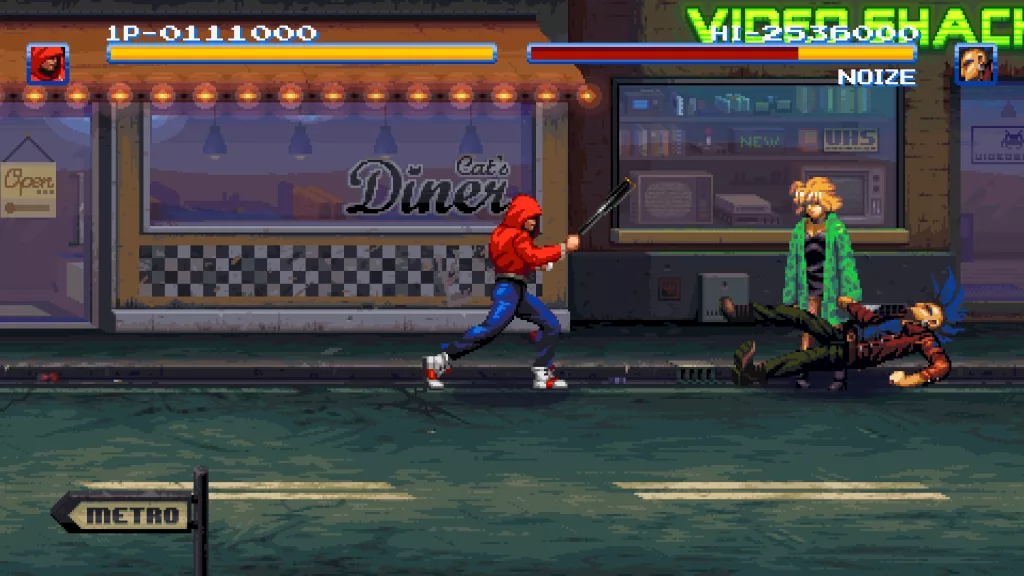
This section of the game isn’t challenging. If you die, you just respawn where you left off. After a few levels the camera will start to pan away from the action, and the actual game begins.
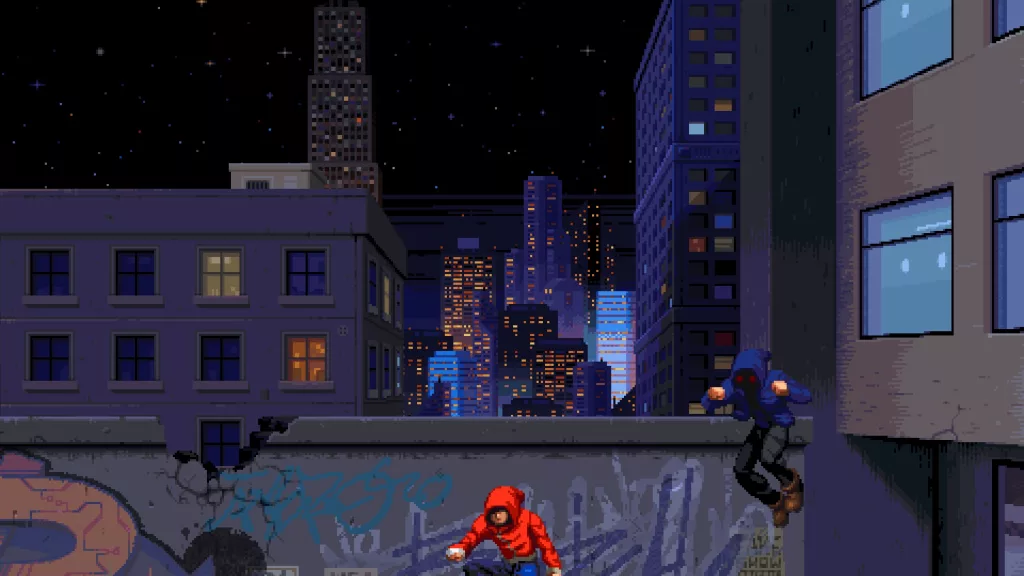
Memberberries
Our protagonist introduces himself: a teenage boy living in Suburbia in the 1980s. He is dealing with the typical problems that a loner his age deals with.
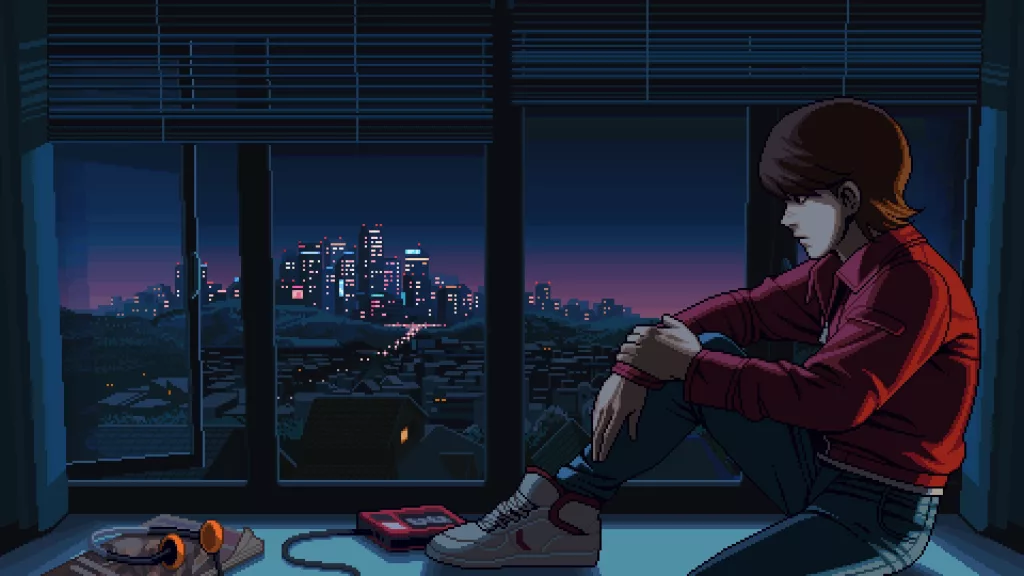
The art in this game is simply gorgeous. It’s probably the best pixel art I have ever seen anywhere. The screenshots included in this article can’t do it justice – the animation of the art adds so much to the atmosphere and beauty of this game.
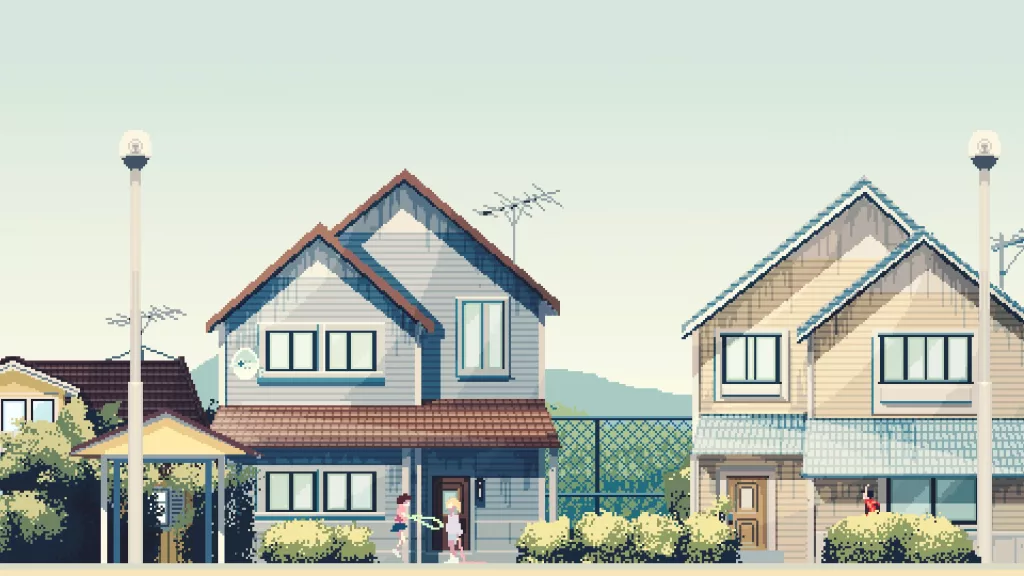
The story framing the game is that our protagonist has found an underground arcade, full of interesting people playing the machines. He plays the games himself and finds himself enthralled by the imaginary worlds he experiences.
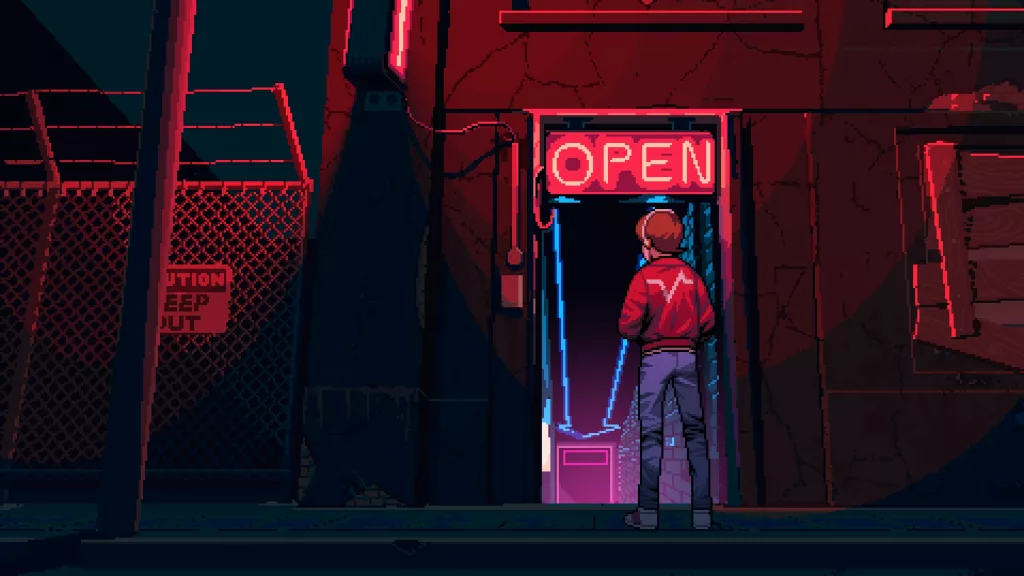
The presentation is 80s nostalgia turned up to 11. The voiceover sounds like it’s straight out of an 80s film, the suburban and neon art direction, the synthwave soundtrack, and the pixel art itself all induce a wave of nostalgia for someone who grew up in the 80s. 198X isn’t just inspired by old video games, it is embodying the feeling of growing up in the 1980s.
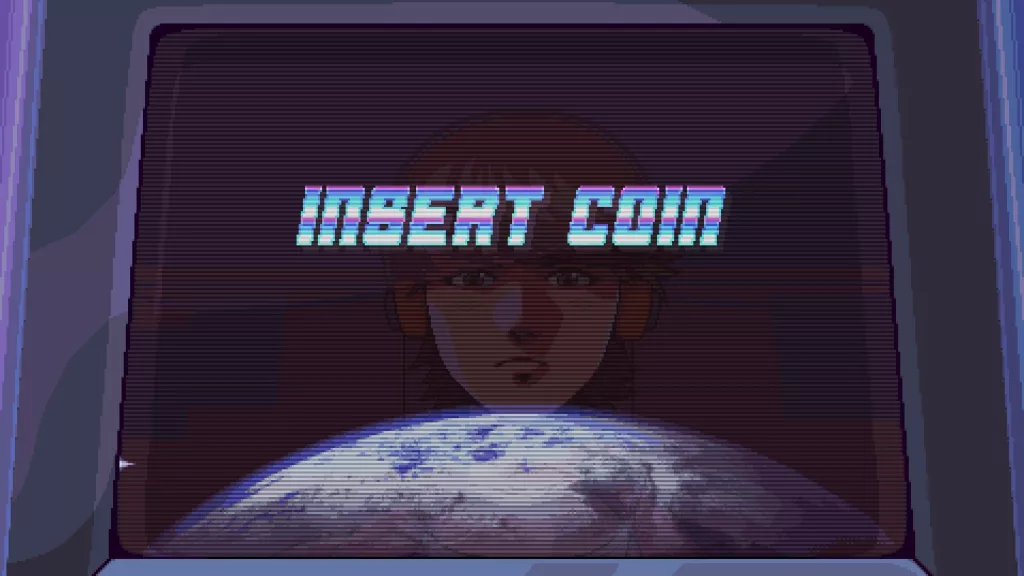
Our protagonist enters the arcade and approaches a machine, and the second game begins.
Out of the Void
Out of the Void is a side scrolling shoot ’em up. You collect a few upgrades for your weapon in the first level, but there are no more upgrades after this.
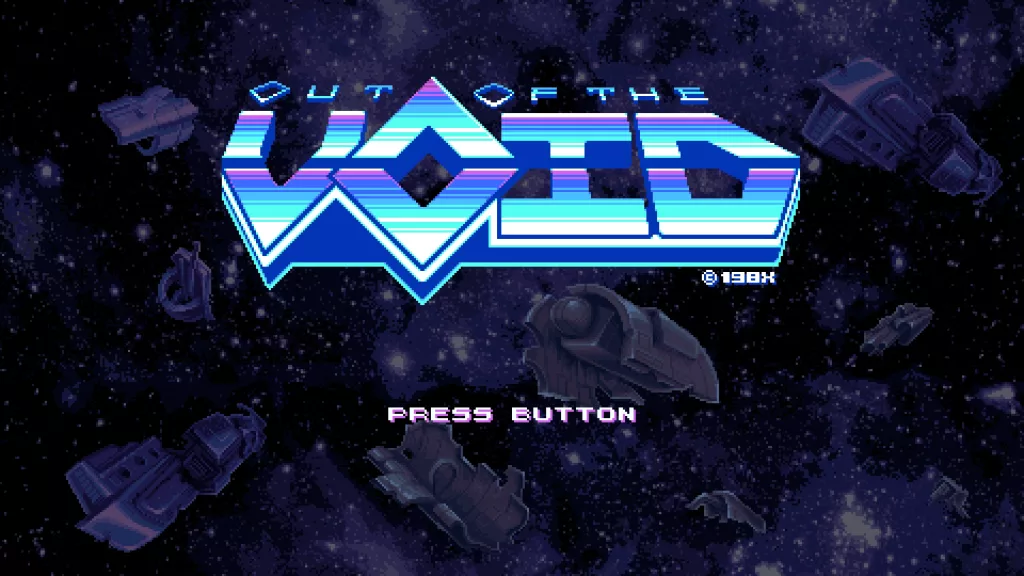
The game is a good implementation. It is challenging, but fairly forgiving. Unlike Beating Heart where you respawn if you die, instead you go back to the latest section you started. Most people should find this section easy enough to complete.
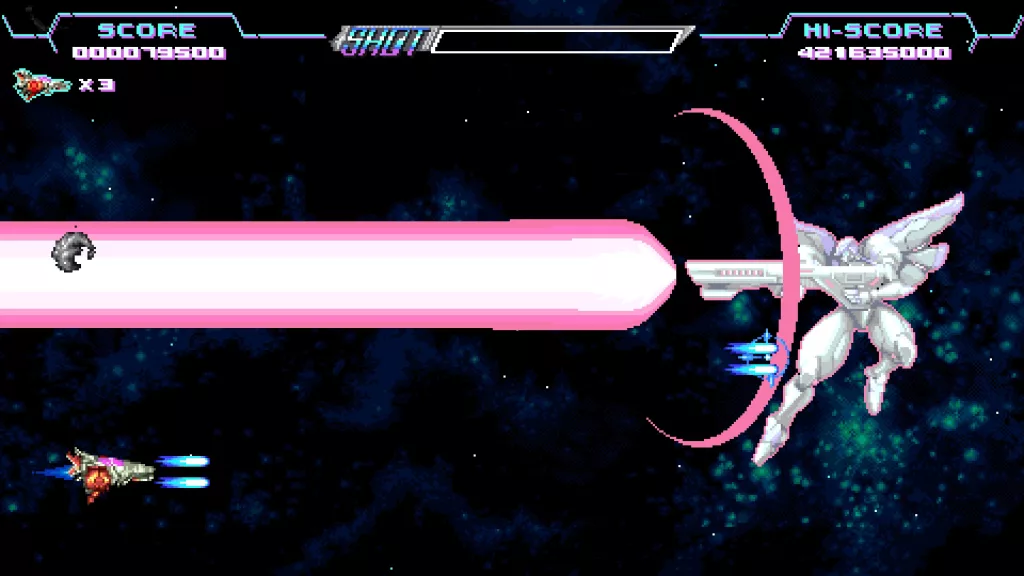
After the game finishes our character returns to school and a love interest is introduced. With the voiceover and soundtrack this could be ripped right out of an 80s high school movie.
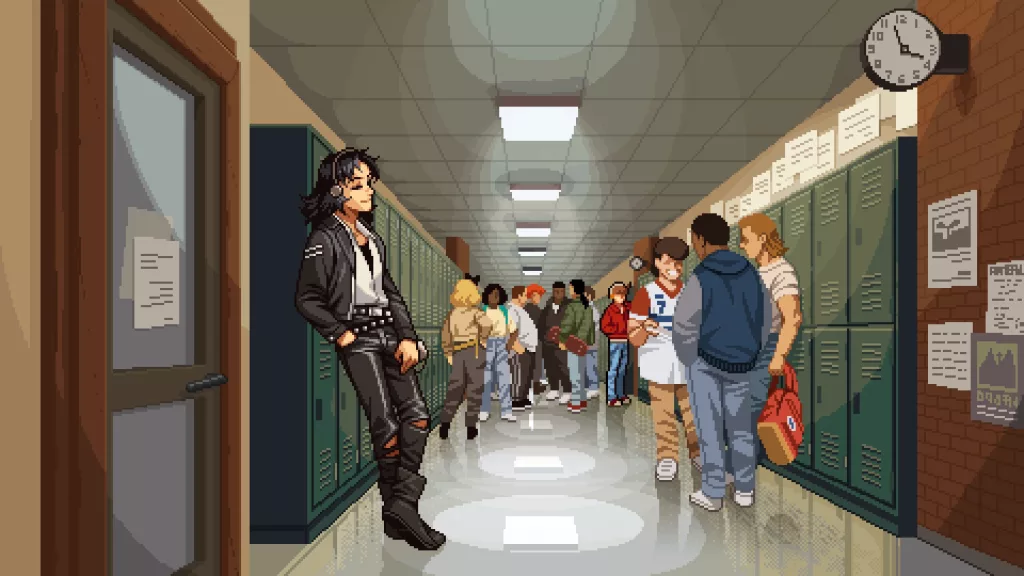
Of course, our protagonist returns to the arcade to play another game.
The Runaway
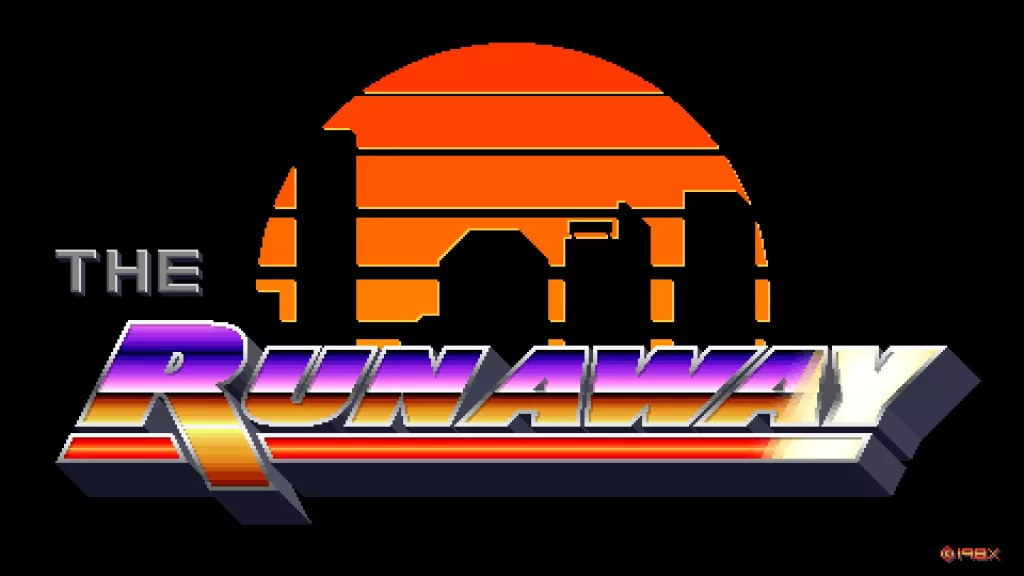
The Runaway is an old-school style racing game. You speed along the road, dodging cars and hitting checkpoints to get more time on the clock.
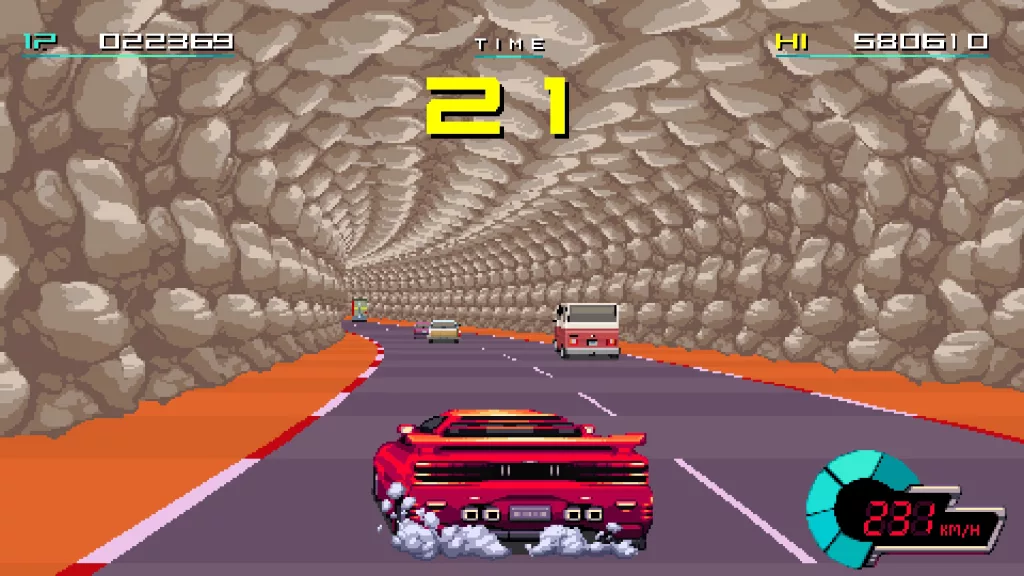
After you reach the second part of this game, it pretty much plays itself as we hear voiceover from our protagonist. It’s at this point I realise what this game really is: it’s an interactive story. The games themselves are meant to be tools to enable the story. The gameplay of each game is very simple, but that’s all they need to be. This game is meant to be experienced, not played.
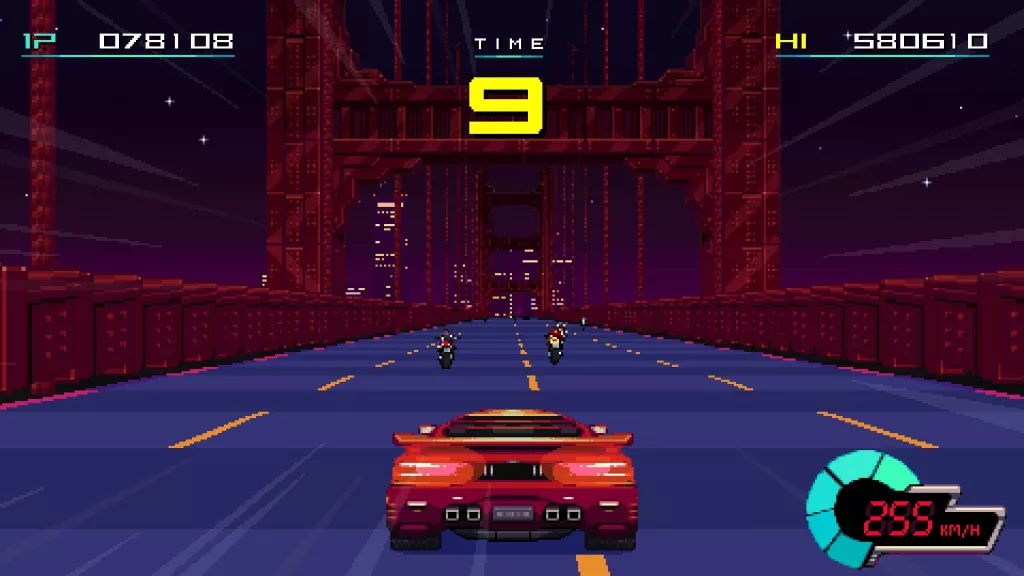
We go into another cutscene where our protagonist reminisces about what it was like being a child. Another day passes and he returns to the arcade.
Shadowplay
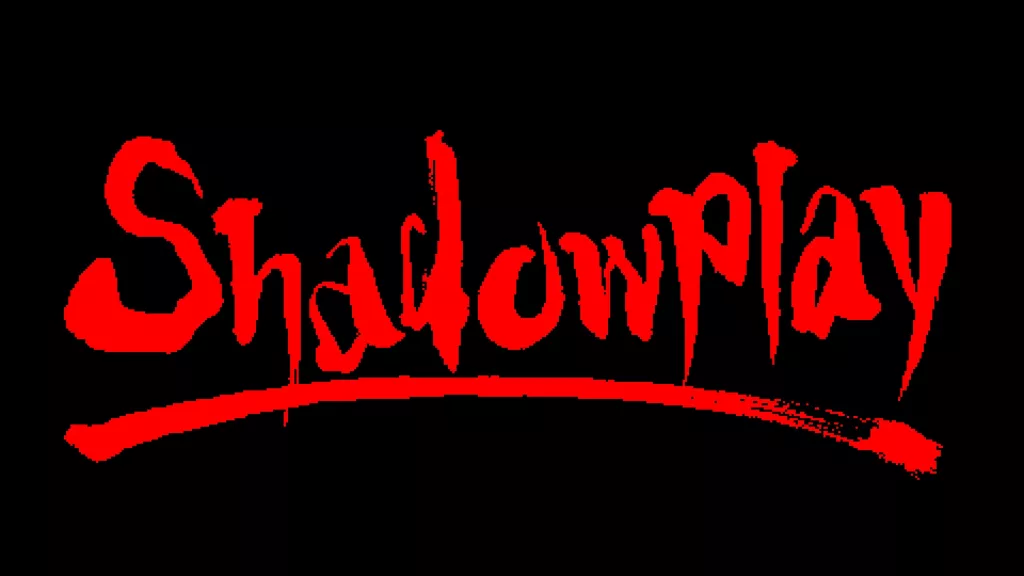
Shadowplay evokes games like Shinobi, however it is a runner game – a game genre that didn’t really exist in the 80s. You move to the right automatically, timing attacks and jumps to kill enemies and avoid obstacles.
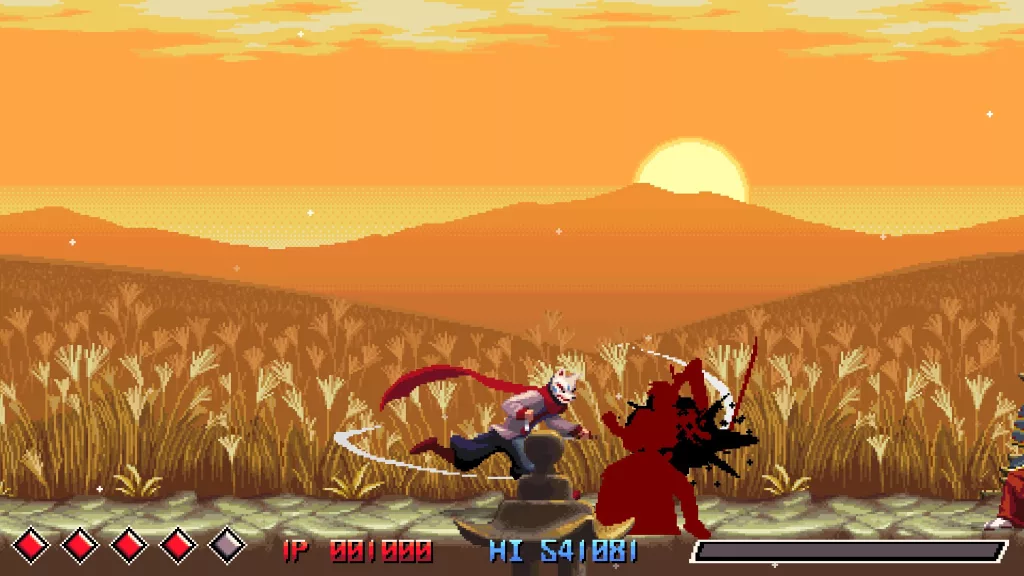
This is probably my least favourite part of the game. I found it extremely hard to complete some of the platforming sections, mainly because I couldn’t get used to the controls. I’m not sure it’s fair to criticise this, however. Maybe I just need to get good.
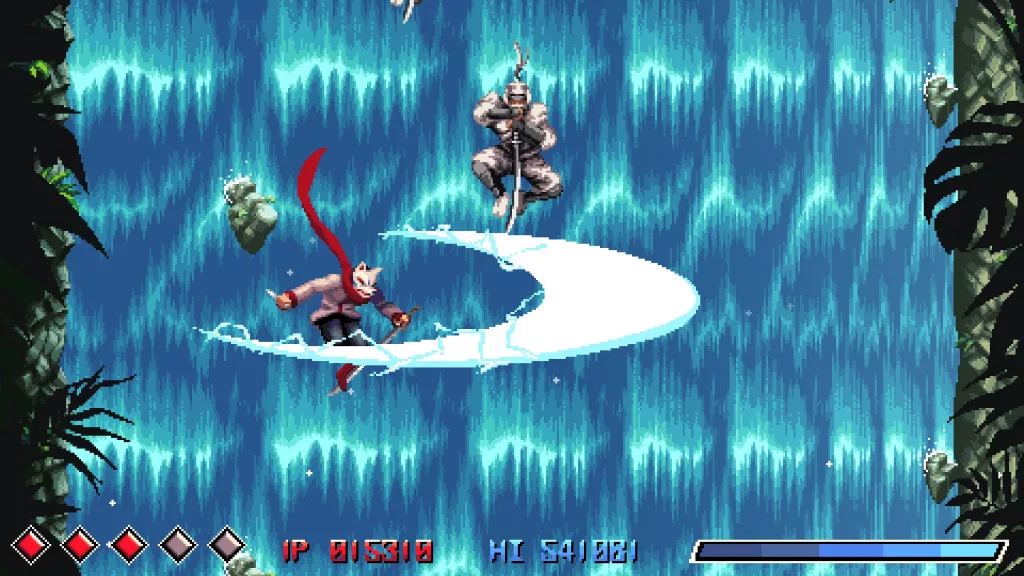
Father…
The next cutscene starts to hint at the focus of the story. We are told that our protagonist’s father is gone, perhaps dead.
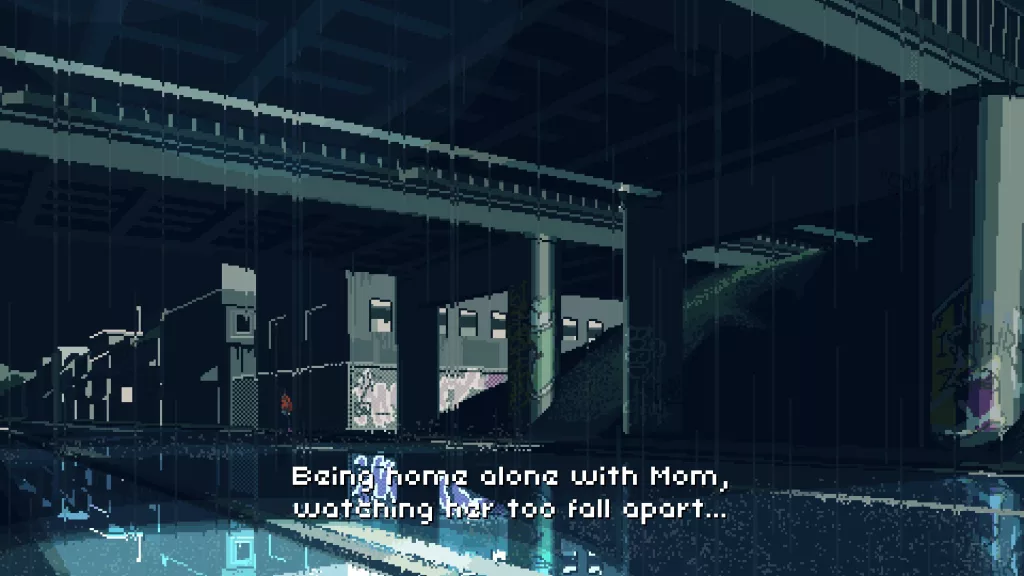
He goes to the arcade again, and implies that something happened on that night…
Kill Screen
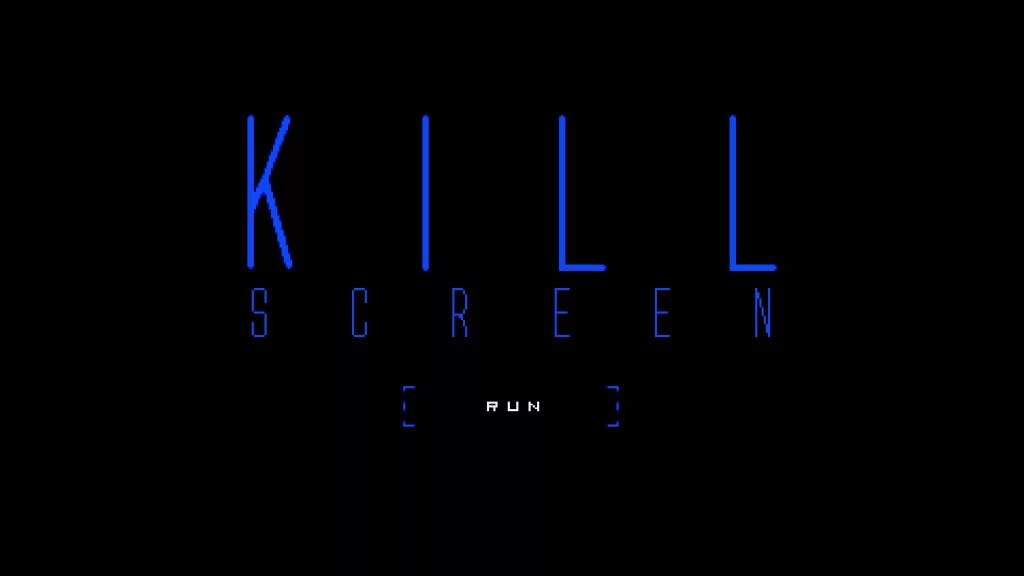
This game reminded me of an old Commodore 64 game called Skulls, although I believe there are other games with similar gameplay. This is an RPG in a maze, where you have to level up and defeat 3 dragons.
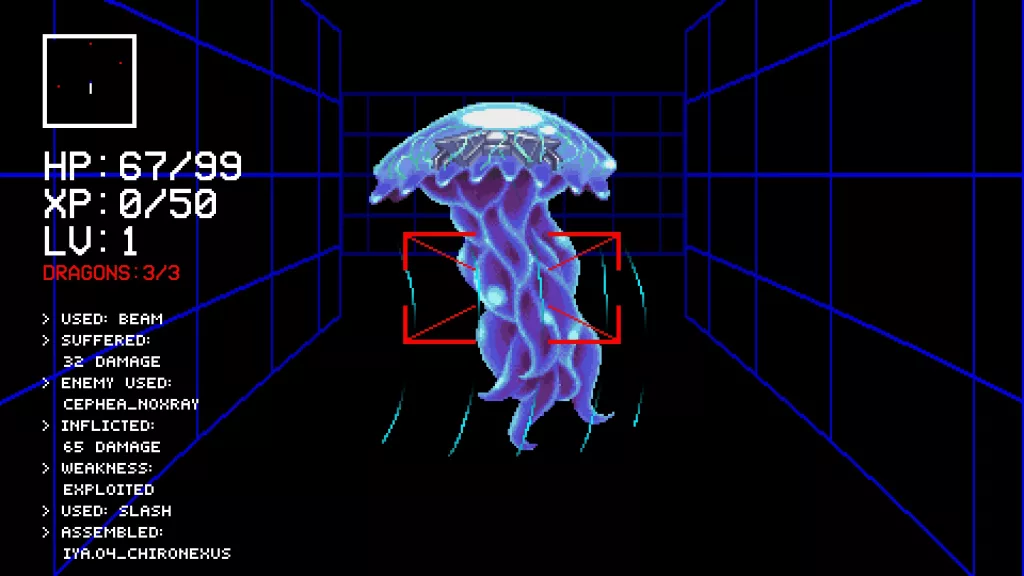
As you play through and slowly kill the dragons one by one you start to realise the messages on screen sound like something a father would say to his son.
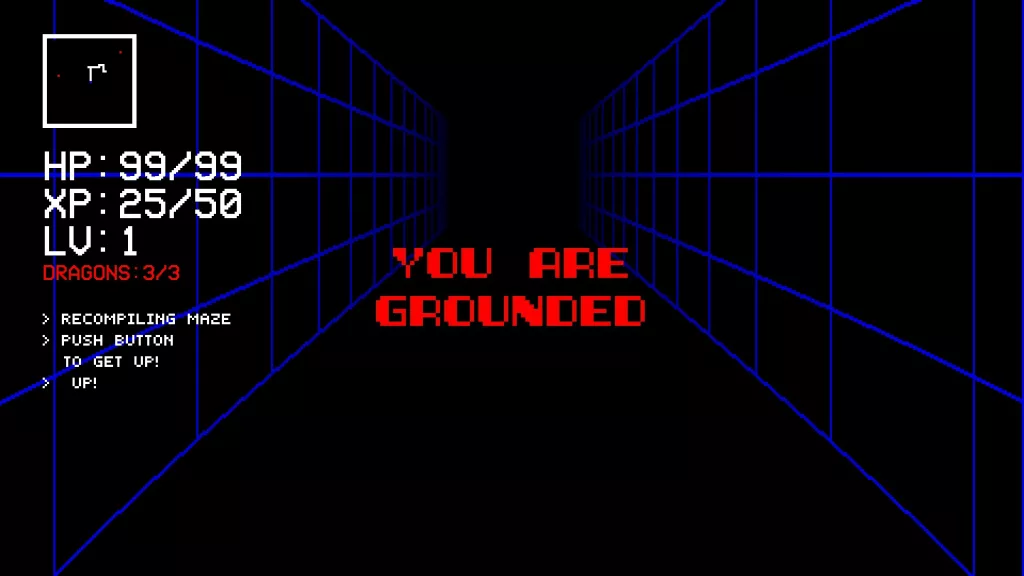
After killing all the dragons we are taken to a scene ripped straight out of System Shock 2. Nothing you do here helps, and your abilities are removed one by one.
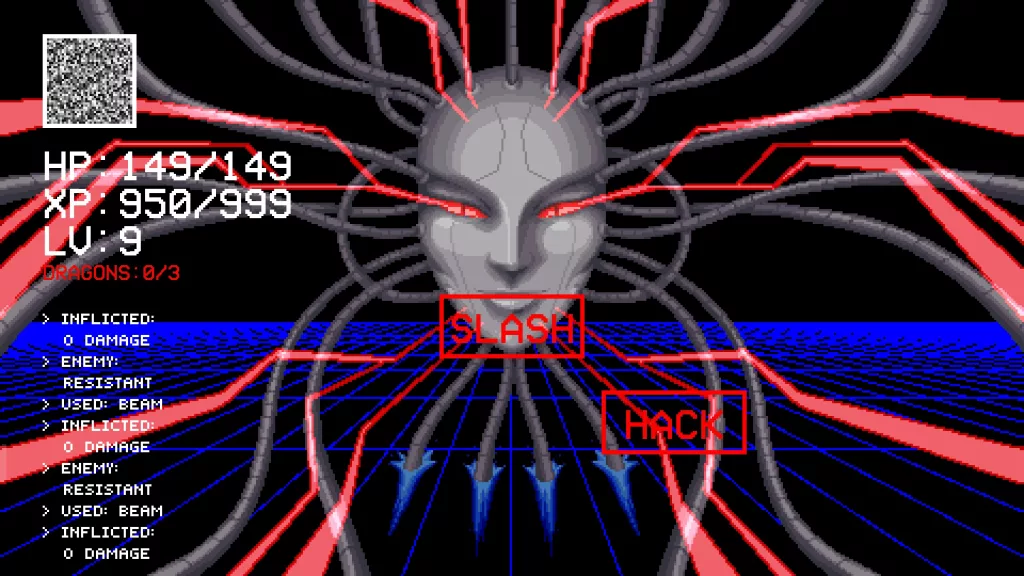
Then the game just… ends.
Ending
The protagonist is sat on the kerb outside and we are told to push a button to get up.
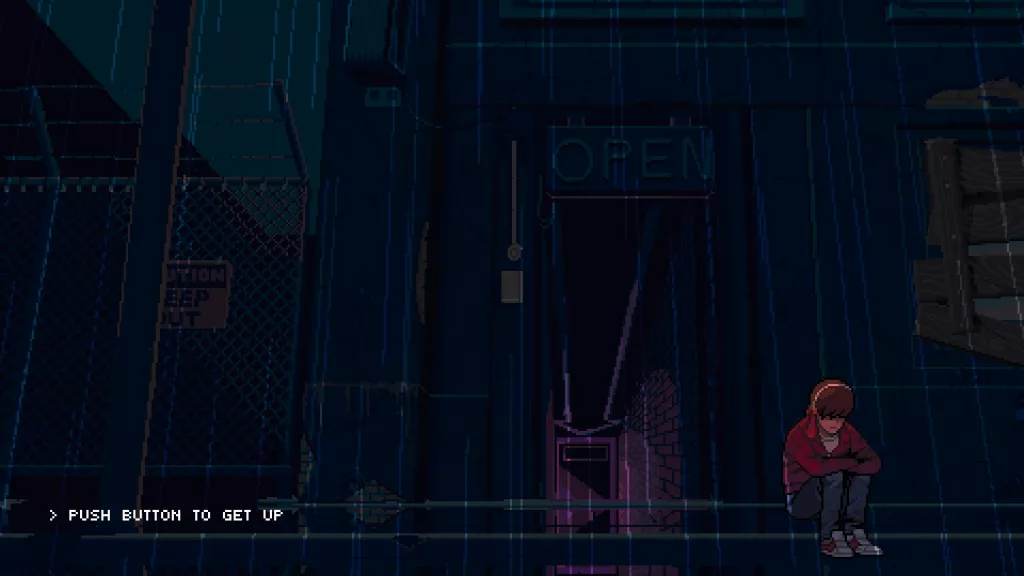
We do so and the various game characters manifest around our character.
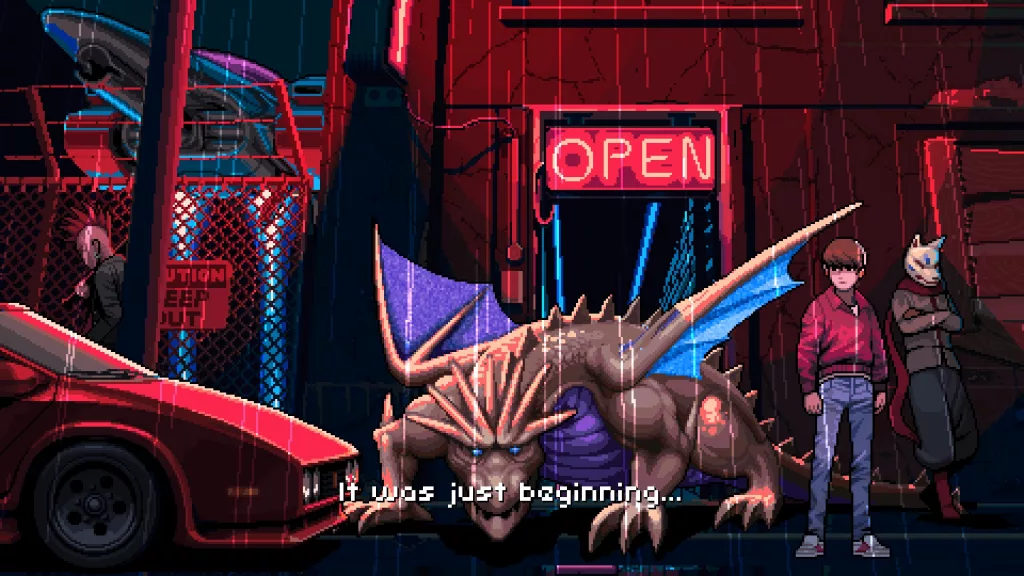
And then…

To Be Continued…?
If I have one criticism of this game, it’s that it feels more like a proof-of-concept than a full game. It took me little over an hour to finish it, and I was disappointed that it ended so soon.
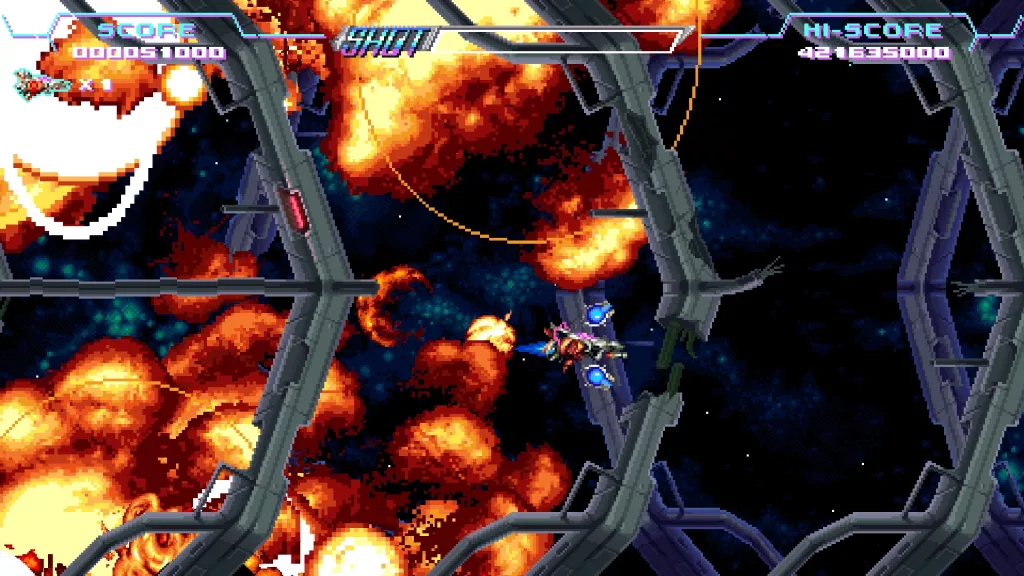
But that doesn’t change how much I enjoyed playing this game. As someone who grew up in the 80s and 90s, who started playing and making games at a young age, I was sucked in. I wanted to know more about this character and see where the story was going.
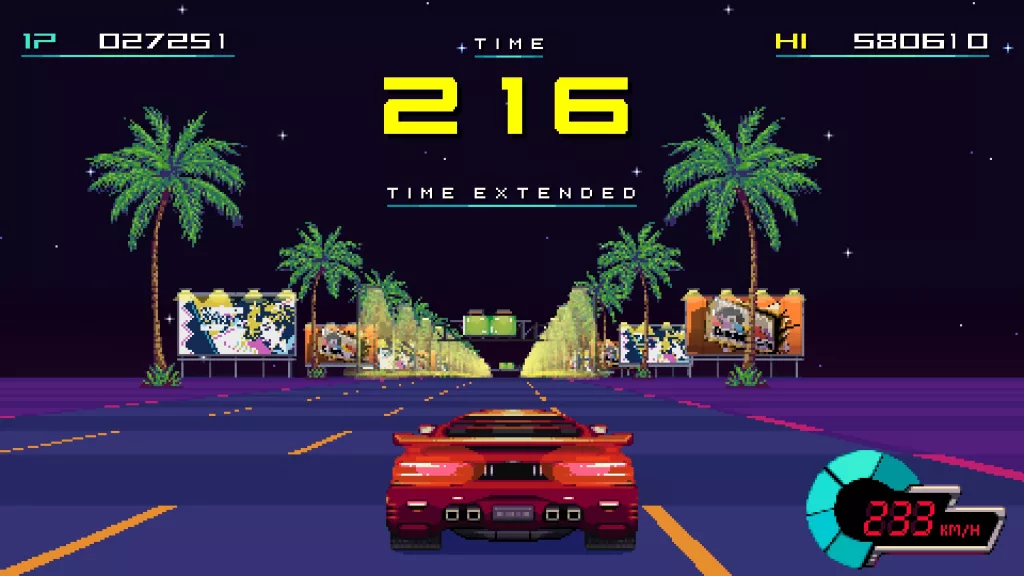
Whether that will happen or not remains to be seen. I tried to find more information on Hi-Bit Studios, but their website either doesn’t anymore or it never existed. Their tumblr has been shut down and I can’t find any tweets past early 2021. There is an update post on their Kickstarter page from this year, but it is only available to backers.
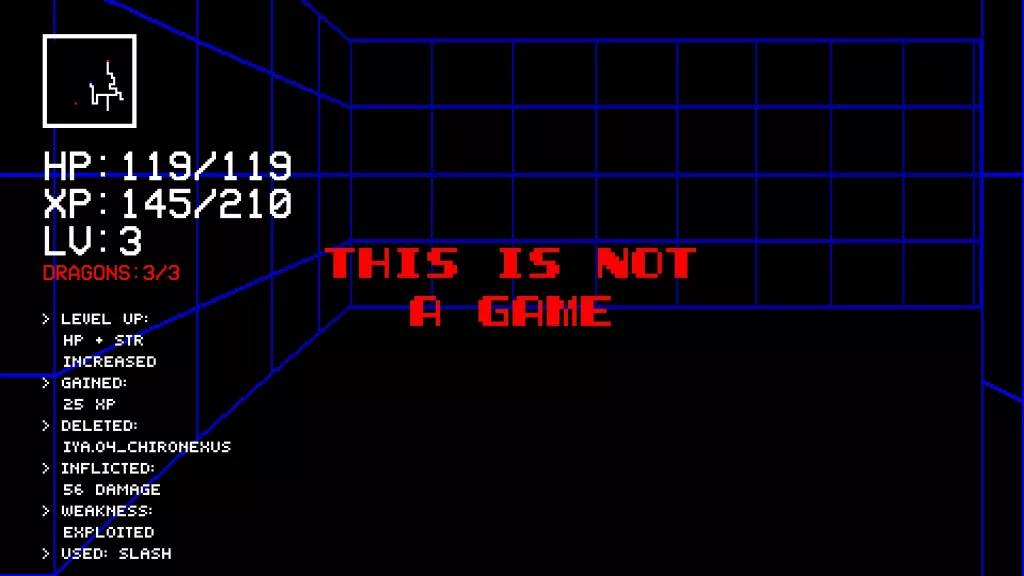
It’s a shame. A full game in this style with a good story would really work, and 198X is proof of that. I genuinely hope that we get more like this in the near future.





